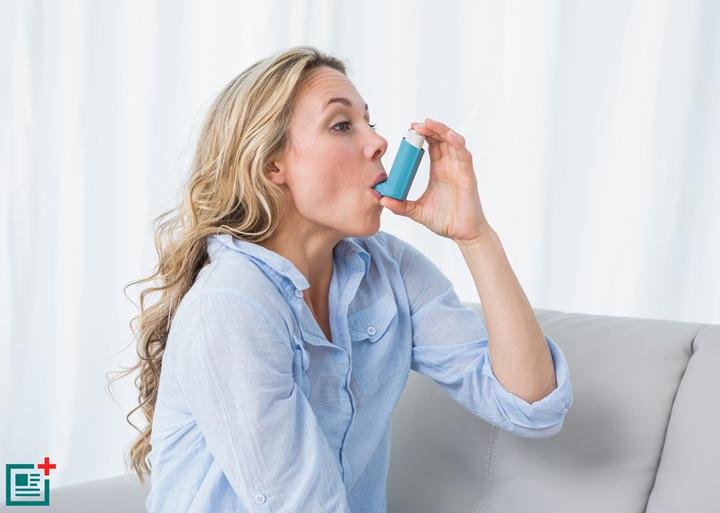Chronic obstructive pulmonary disease, or COPD for short, is a progressive disease without a cure. With this condition, the lungs undergo severe damage, primarily through smoking, which is irreversible. This damage then causes problems with breathing. You may also be familiar with the terms chronic bronchitis and emphysema, which are different types of COPD. COPD symptoms include coughing with mucus and shortness of breath. If have this condition, you need to have a COPD treatment plan, including proper medication and lifestyle changes.
Pulmonary Rehabilitation
There are several COPD treatment options that are available to people diagnosed with this disease. Almost all of these are drug therapies, but there is now substantial evidence suggesting that pulmonary rehabilitation is an essential adjunct to treatment for maintaining and improving patients’ health and quality of life.
Many people diagnosed with COPD feel as though they’ve been given a death sentence. In fact, doctors sometimes needlessly tell them the disease is progressive and will eventually kill them. This unnecessarily incites fear, anxiety, and hopelessness. Often drug therapy is the only treatment option, but you should ask your physician about pulmonary rehabilitation as this could be a highly important part of your COPD treatment plan.
Dyspnea & Breathing Exercises
Breathlessness, or dyspnea, is the most common symptom affecting people with COPD. When everyday activities get you out of breath, it is natural to want to avoid them. However, the best way to control dyspnea is, in fact, to exercise. If you can build overall endurance and increase the strength in your peripheral muscles, you can do more with less effort and experience less breathlessness. Community-based pulmonary rehabilitation programs include training and conditioning components that increase exercise tolerance so you can perform your regular daily activities with ease. You will also learn breathing strategies to decrease the work of breathing and coordinate breathing with day-to-day operations to limit breathlessness.
Adequate pulmonary rehabilitation programs focus on the needs and abilities of the individual. Often this may involve a therapist visiting you in your home to establish the best possible exercise and daily living practices. Community-based programs like this ensure that they address your specific needs and concerns.
There is no reason someone diagnosed with COPD cannot remain fit and active with minimal disease progression given the right amount of education, exercise, lifestyle modification, and drug therapy. This usually requires input from a multidisciplinary team – a primary care physician and pulmonologist; a pharmacist; physical therapist; occupational therapist, and also a dietician. All these professionals have valuable information to impart to ensure the best possible COPD treatment plan, but many people don’t have access to this type of coordinated care.

Source: healthunits.com
No one will be as invested in your COPD treatment plan as you are. So it is essential that you ask about the availability of pulmonary rehabilitation programs in your area. These programs are ideal as you get input from a multidisciplinary team. However, pulmonary rehabilitation programs are expensive to operate and many hospitals have stopped offering them to people without private insurance. If this is your situation, you may need to become your own case manager and put together a custom pulmonary rehabilitation program with the help of your doctor. Keep in mind that there is a lot of expert help and advice out there.
For every problem you are experiencing, you can be sure that someone has experienced it before you. So know that there is a solution or strategy available to help your situation. An active COPD treatment plan that is community-based and targeted toward the needs of the individual is usually the best option for patients with the disease.
Featured Image Source: Thinkstock/designer491




